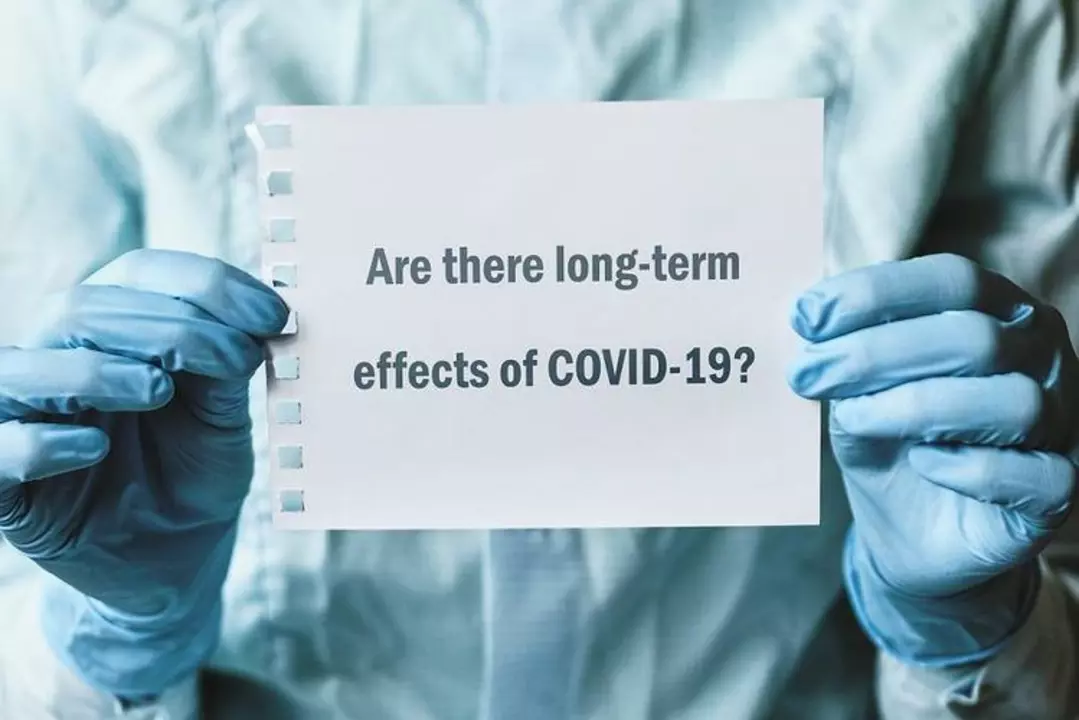Osteoporosis treatment: practical, proven options
About 1 in 3 women and 1 in 5 men over 50 will break a bone because of weak bones. That’s a startling risk, but there are clear, effective steps you can take now to lower it. This guide focuses on what actually works: tests doctors use, the main drugs, and simple lifestyle moves that cut fractures.
Medications that work — what you should know
Doctors usually start treatment after a low-trauma fracture or when a DEXA scan shows a T-score ≤ -2.5. The most common first-line drugs are bisphosphonates (alendronate, risedronate, zoledronic acid). They reduce spine and hip fractures and are cheap and well-studied. Take oral forms with a full glass of water and stay upright 30 minutes to avoid throat irritation. IV zoledronic acid is given once a year and avoids stomach issues.
Denosumab (Prolia) is an injection every six months that lowers fracture risk well. Important: stopping denosumab suddenly can raise fracture risk, so doctors often switch you to a bisphosphonate after stopping.
For people with very low bone density or multiple fractures, anabolic drugs (teriparatide, abaloparatide) or romosozumab build new bone. These are usually time-limited and used under specialist care. Raloxifene, a selective estrogen receptor modulator, can help reduce spine fractures in postmenopausal women and may lower breast cancer risk, but it won’t prevent hip fractures.
Calcium and vitamin D are basic supports. Aim for roughly 1,000–1,200 mg of calcium daily and 800–2,000 IU of vitamin D depending on blood levels and doctor advice. Don’t start high-dose supplements without checking with your clinician.
Tests, safety and lifestyle moves that matter
Get a DEXA scan to measure bone density and a FRAX score to estimate fracture risk. Blood tests can check vitamin D, calcium, kidney function, and other causes of bone loss. Review your meds — some, like long-term steroids, raise fracture risk and might change treatment choices.
Exercise matters. Do weight-bearing (walking, hiking, stair climbing) and resistance training (bands or weights) three times a week. Add balance work (tai chi, single-leg stands) to cut fall risk. Small changes — fixing loose rugs, better lighting, wearing shoes indoors — cut falls significantly.
Quit smoking, limit alcohol to under two drinks a day, and keep protein in your meals. Dental checkups are smart before starting some osteoporosis drugs because very rare jaw problems can occur with some treatments.
Ask your doctor how long a drug should continue. Many people take bisphosphonates for 3–5 years then consider a drug holiday; others need longer treatment. If you stop any therapy, discuss the plan so your fracture risk doesn’t rebound.
If you’ve already fractured, don’t accept that as ‘normal aging.’ Treatment can lower future fractures. Talk to your doctor about the best option for your age, other health issues, and fracture history — the right plan can protect your bones and keep you active.
The Long-Term Safety of Alendronate: What the Research Says
In recent years, there has been growing interest in the long-term safety of Alendronate, a medication commonly used to treat osteoporosis. Research suggests that while Alendronate is generally well-tolerated and effective in increasing bone density, some concerns remain. Notable side effects include gastrointestinal issues and the rare but serious risk of atypical femur fractures. Despite these concerns, most studies indicate that the benefits of Alendronate use outweigh the risks for most patients. However, it's essential for individuals to consult with their healthcare providers to determine the best course of treatment for their specific needs.





